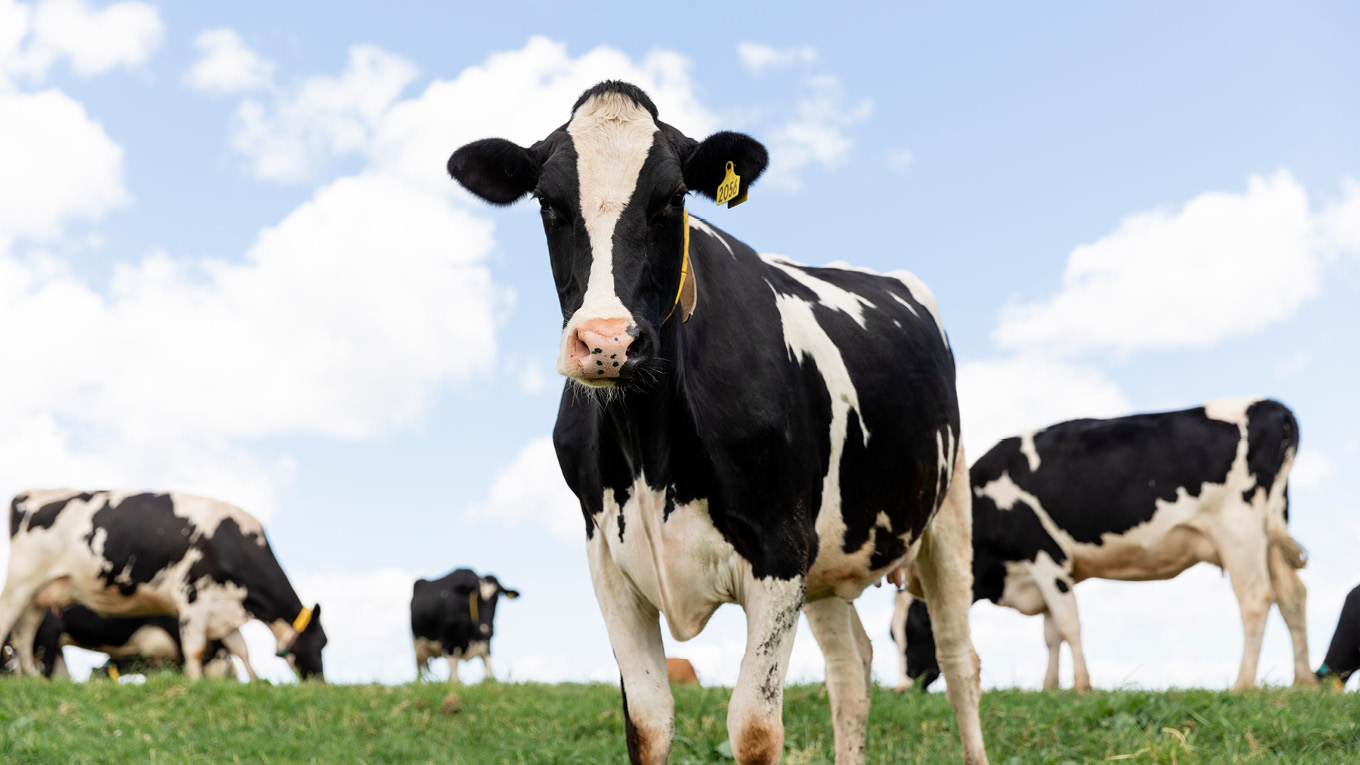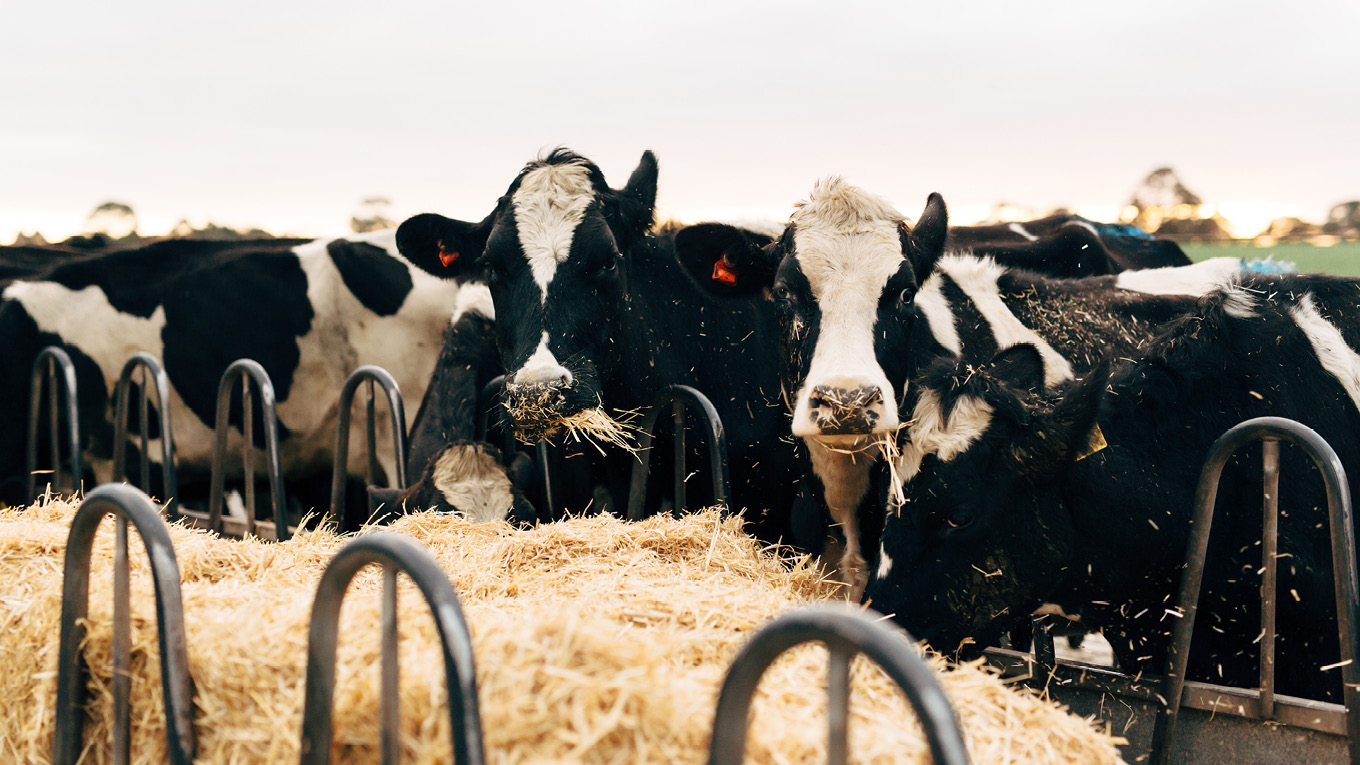Milk Fat Depression
Milk fat depression (MFD) is a drop in milk fat percentage and milk fat yield without affecting milk protein component. It is associated with subtle changes in the cow's rumen.
MFD is usually tracked on milk fat percentage and is typically observed in Australia between winter and early spring when cows are feeding on lush pasture and/or eating diets with of high grain and low roughage.
There are fewer options to mitigate milk fat depression for cows on pasture-based diets compared to the more intensive systems such as partial mixed ration (PMR) or total mixed ration (TMR) systems, where there is more control of the diet components in the ration.
The economics behind any decision should always be considered, especially in a pasture-based operation. In most cases, pasture is the cheapest source of feed and moving away from a pasture-based diet to try to avoid any decline in milk fat could actually be counterproductive to farm profitability.
Grazing management
Grazing ryegrass pastures at the 2–3 leaf stage not only ensures good pasture management and productivity in the long term, but also decreases the risk of MFD. Cows feeding on lush green, immature pasture with high level of fatty acids and low fibre are more likely to be affected by MFD.
Fermentability of grain or concentrate fed to cows in the dairy
The onset of MFD can be avoided by feeding a source of grain or concentrate with slow fermentable starch for the rumen and good total digestibility for the rest of the gut, in combination with good grazing management.
For example, maize grain provides a more slowly degradable source of starch, which promotes post-ruminal digestion. This reduces the excessive build-up of the products of digestion in the rumen that can cause a negative effect on milk fat synthesis.
Table 1. Fermentation and nutrient variations between different grains.
| Grain type | Energy (MJ ME/kg DM*) |
Crude protein content (% DM) |
Starch content (% DM) |
Rate of rumen fermentation (+ = slow, +++++ = fast) |
|---|---|---|---|---|
| Maize/corn | 12 to 14 | 9.5 | 70 to 75 | + |
| Wheat | 12 to 14 | 12–13 | 65 to 70 | +++++ |
| Barley | 11.5 to 13.5 | 12–13.5 | 55 to 60 | +++ |
| Oats | 9 to 13 | 11.5–12 | 45 to 50 | +++ |
*Megajoules of metabolisable energy per kilogram of feed dry matter
Observing a drop in milk fat
Dairy farmers who observe a drop in milk fat should consider what has happened on the farm in the previous seven to 10 days. Possible diet or management changes to consider are:
- Whether the cows have moved onto different pasture
- Whether the amount or type of grain in the diet has been changed
It takes between 10 to 14 days to reverse milk fat depression following a diet adjustment. However, positive changes should start to occur after seven days. If there is no change after 10 to 14 days, further investigation and adjustment may be required.
This video explains the phenomenon of MFD.



